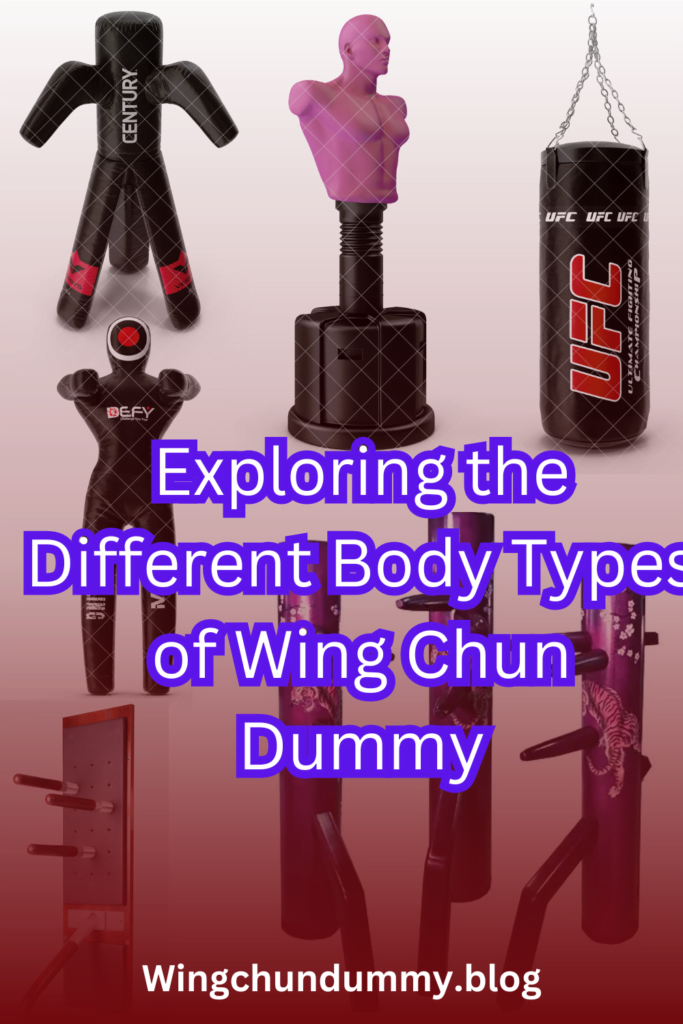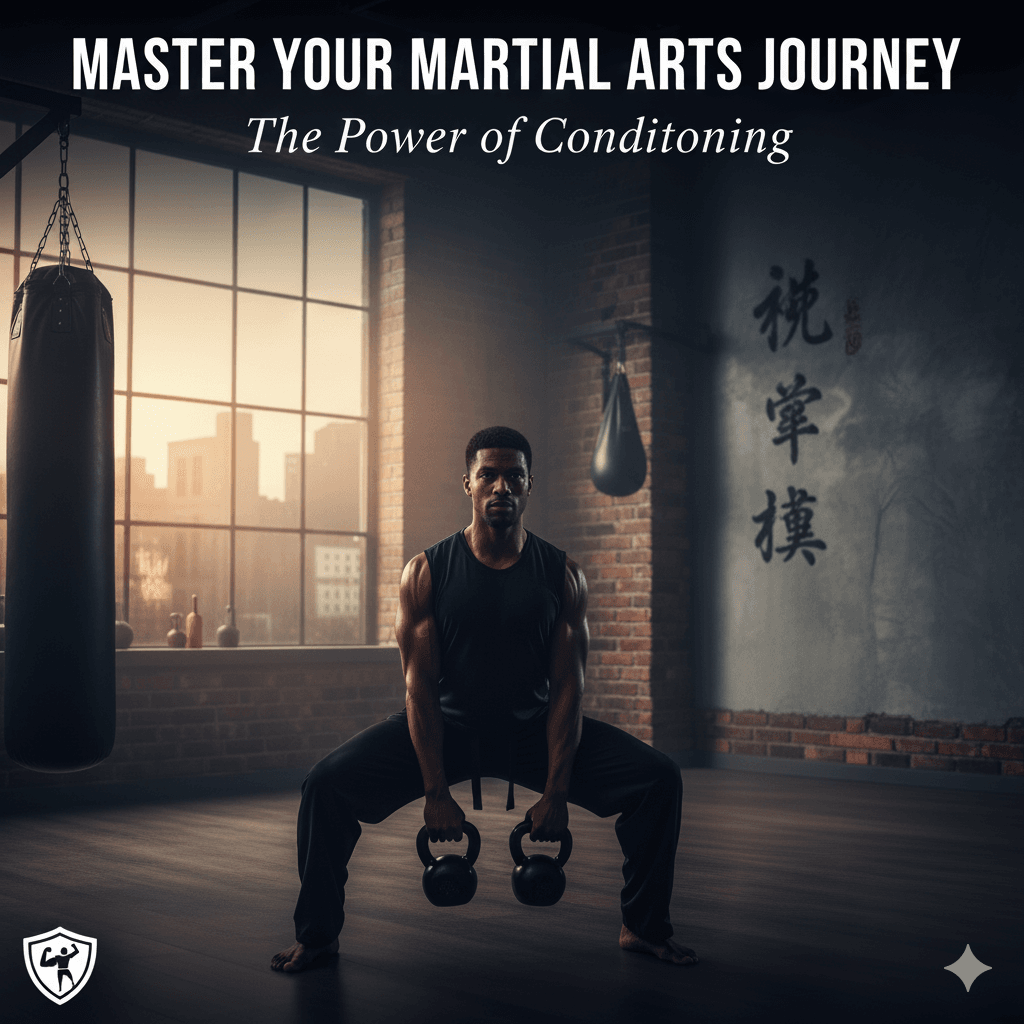Wing Chun, a traditional Chinese martial art, is known for its unique training tools, one of which is the Wing Chun dummy.
The dummy, also known as the wooden man or Muk Yan Jong, is an essential training aid for Wing Chun practitioners.
It helps develop and refine techniques, footwork, and overall body coordination.
In this article, we will explore the different body types of the Wing Chun dummy and their significance in training.
1. Traditional Body Type

The traditional body type of the Wing Chun dummy is the most common and widely used.
It consists of a wooden trunk with three arms and one leg.
The arms are positioned at different heights and angles, allowing practitioners to practice various strikes, blocks, and traps.
The leg is used for practicing kicks and sweeps.
This body type closely resembles the human body, making it an excellent tool for developing precision and accuracy in techniques.
It allows practitioners to practice their techniques against realistic targets, improving their timing and control.
2. Compact Body Type
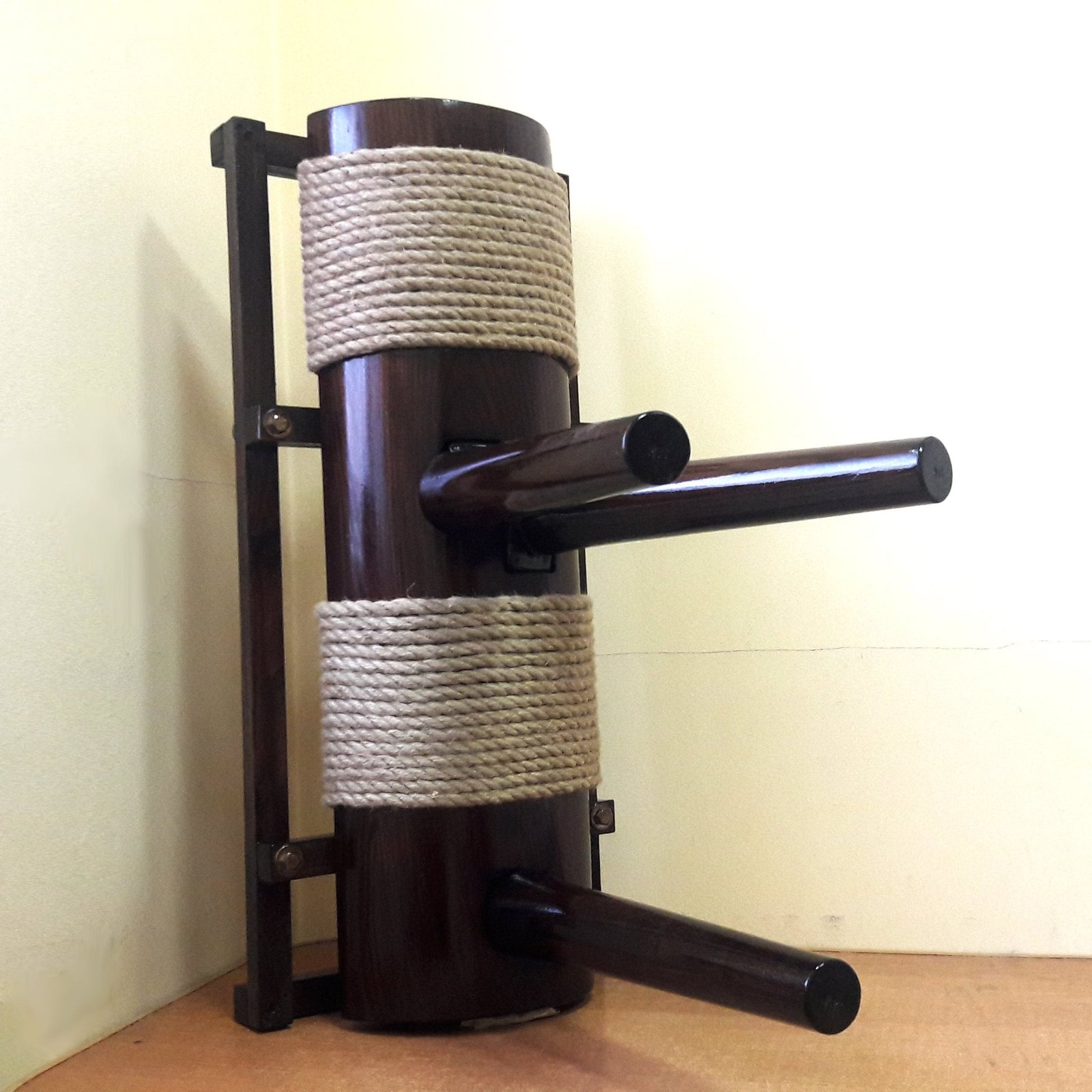
The compact body type of the Wing Chun dummy is a variation that is smaller in size compared to the traditional body type.
It is designed to be more portable and suitable for practitioners with limited space.
The compact dummy retains the same functionality as the traditional dummy, with three arms and one leg.
This body type is ideal for practitioners who travel frequently or have limited training space.
It allows them to continue their Wing Chun training without compromising on the quality of their practice.
3. Extended Body Type
The extended body type of the Wing Chun dummy is a variation that includes additional arms and legs.

It provides practitioners with more options for practicing techniques and combinations.
The extended dummy typically has two additional arms and one additional leg.
This body type challenges practitioners to adapt and adjust their techniques to different arm and leg positions.
It helps improve their flexibility, adaptability, and creativity in applying Wing Chun techniques.
4. Rotating Body Type
The rotating body type of the Wing Chun dummy is a specialized variation that allows the trunk to rotate.
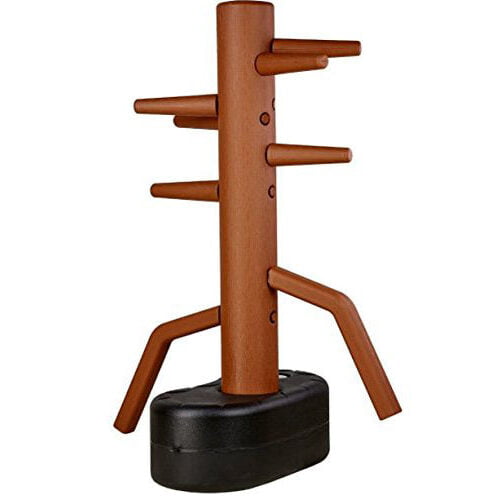
This feature adds an extra level of complexity to training as practitioners need to adjust their techniques and footwork dynamically.
The rotating dummy typically has three arms and one leg, like the traditional body type.
This body type is particularly useful for developing sensitivity and flow in Wing Chun techniques.
It helps practitioners improve their ability to react and respond to changing situations, enhancing their overall combat effectiveness.
5. Wall-Mounted Body Type
The wall-mounted body type of the Wing Chun dummy is a space-saving variation that is fixed to a wall.
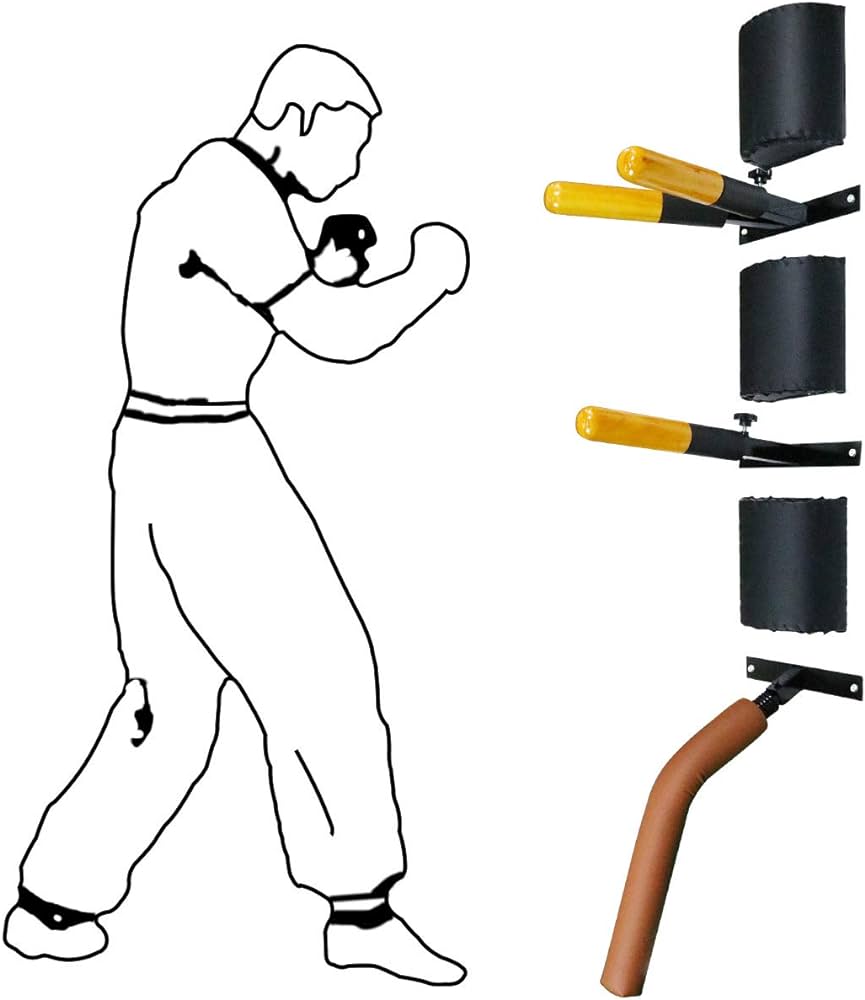
It eliminates the need for a free-standing dummy, making it suitable for practitioners with limited training space.
The wall-mounted dummy typically has three arms and one leg.
This body type allows practitioners to practice their techniques in a confined space, making it ideal for home training or small training areas.
It also provides the added benefit of training against a solid surface, enhancing the practitioner’s striking power and control.
Conclusion
The different body types of the Wing Chun dummy offer practitioners various options for training and refining their techniques.
Whether it’s the traditional body type for realistic target practice, the compact body type for portability, the extended body type for added complexity, the rotating body type for flow and adaptability, or the wall-mounted body type for limited space, each variation serves a specific purpose in enhancing a practitioner’s Wing Chun skills.
Regardless of the body type, consistent and dedicated practice with the Wing Chun dummy is key to mastering the art.
It is through regular training and application that practitioners can truly embody the principles and techniques of Wing Chun.

